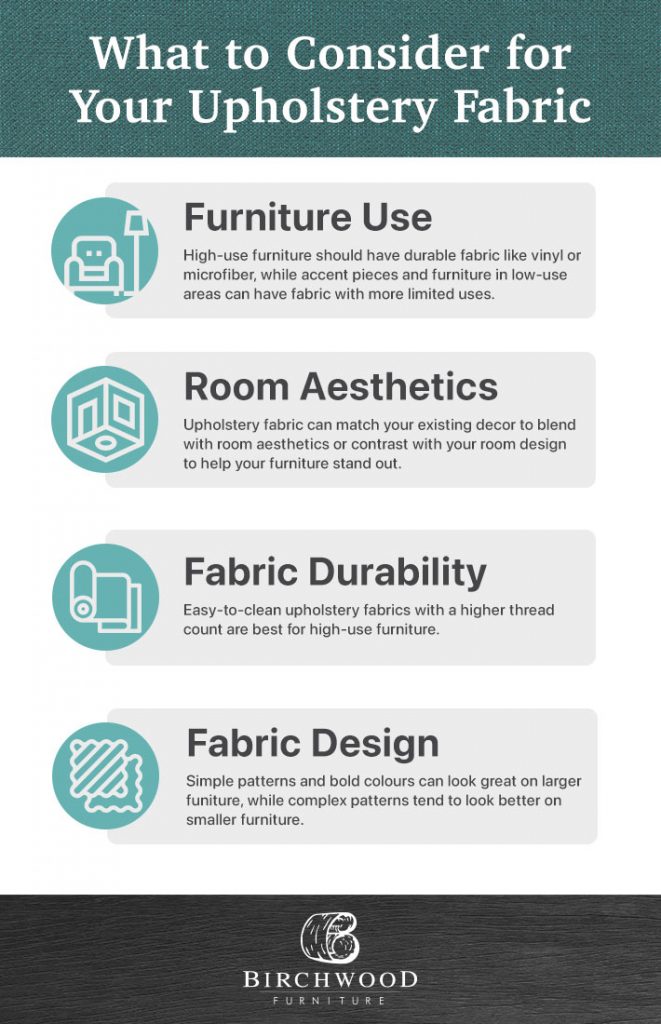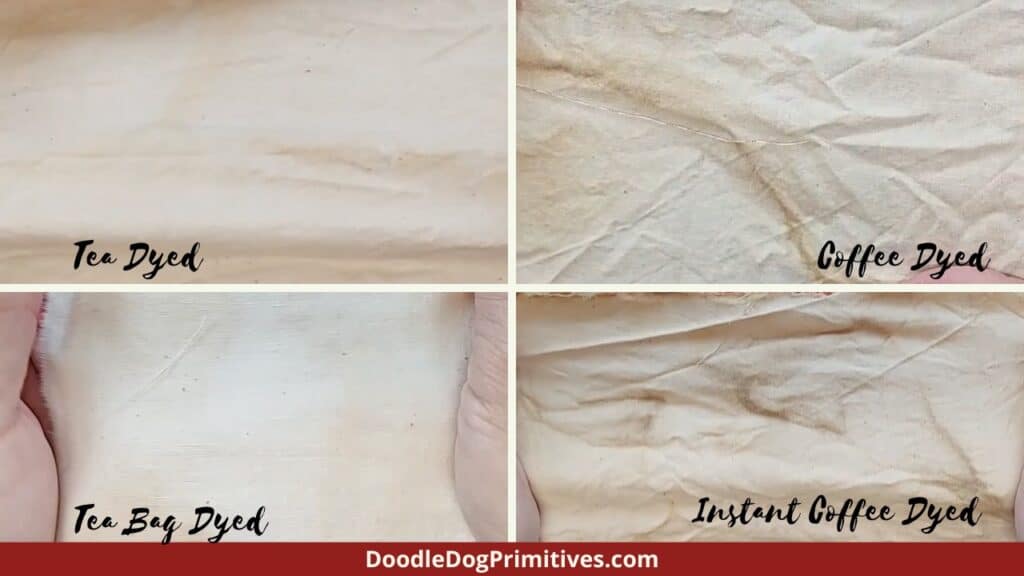6 Easy Facts About All 4 Way Stretch Fabrics Described
6 Easy Facts About All 4 Way Stretch Fabrics Described
Blog Article
Examine This Report on All 4 Way Stretch Fabrics
Table of ContentsThe Single Strategy To Use For All 4 Way Stretch Fabrics5 Simple Techniques For All 4 Way Stretch FabricsTop Guidelines Of All 4 Way Stretch FabricsAll 4 Way Stretch Fabrics Things To Know Before You Get ThisSome Of All 4 Way Stretch FabricsAll About All 4 Way Stretch FabricsGetting The All 4 Way Stretch Fabrics To Work
As I additionally want UV security from my garments when I go out, I would select a largely woven cotton textile. One more factor to consider when getting the fabric is the way it will certainly after washing.A safe wager would certainly be to purchase at least 10% additional fabric. If you can acquire preshrunk fabric, this is the finest.

If you are matching the color, like selecting the cellular lining for the main textile or choosing textile to include as trim, this is specifically important. The fabric showrooms will typically have a light well where you can see the material in sunlight (or a window with good light from outside).
The Buzz on All 4 Way Stretch Fabrics

A lot of fabrics are concerning 44 large. When you go to acquire material, estimate just how much you desire first and after that go to the store. Take a look at this post to recognize the response to this frequently listened to concern "Exactly how much fabric do I need". With a fat quarter, you will obtain an 18 vast by 22 long.
Some wonderful bargains can be had this method. In dressmaking, we get fabric by the yard/meter.
All 4 Way Stretch Fabrics Can Be Fun For Anyone
In a quarter of a lawn, you get a 9 by 44 strip of material, which is regarding 22 cm in length. It is always better to purchase larger fabric. According to the width of fabrics, they may be called single-width and double-width. Single size is usually as much as 49 inches in width and double size as much as 60.
You can learn more concerning backyard to meter conversion below. Examine out this article on checking out a measuring tape Choose fabrics that are not too hard or inflexible, or you wouldn't fit in them. Linen, Denim, flannel, For chillier climates, pick woollen (100% in addition to wool blends) woollen tweeds, woollen crepe; it primarily depends upon what pants you are discussing Tailored trousers, Unstructured Pant, Combined, Jeans.
Corduroy is comfortable to put on material to pick for pants. All cotton fabrics are excellent for kids. You can choose a cotton satin stretch or a cotton twill or cotton satin or yard. Knit materials are additionally wonderful for youngsters you can go for woollen knits. Interlock knits are dressmaking knits that stretch throughout the grain.
6 Easy Facts About All 4 Way Stretch Fabrics Explained
Cotton yard fabric in attractive prints is great. Silk jersey is an excellent textile for sewing skirts, as is Ponte Roma knit fabric.
Drapey rayons, soft wool, lycra blends, and stretch velvets are all appropriate for stitching skirts. Woollen (Woollen crepe has a terrific drape and gives enough structure for jackets; woollen tweeds are great also), Linen & Flannel. Velvet (Check out the slouchy velvet blazer tutorial, by the method). Lightweight knits benefit free-flowing jackets such as this waterfall jacket pattern Raw silk, satin, taffeta, velour, Shoelace, silk chiffon, and Fabric are all excellent for making gowns.
You can get medium-weight fabrics with some spandex/elastane included for a suitable bodycon-type gown. For drapey dresses, you can select light-weight fabrics. Crepe, challis, and charmeuse are all drapey textiles fit for this style.
Light-weight cotton material, Cambric, Chintz, Twill, Faille, Seersucker, Poplin, light-weight woven broadcloth, batiste, linen, eyelet are great for making t shirts and blouses. Silky satin textile is great for making ventilated tops. When acquiring patterned textile (most of the patterned material comes with a size of 45 or 54 inches), there will certainly be pattern repeat in these materials, and this should be taken into consideration when cutting textile as well as buying them i.e., if you desire to match the patterns at the joints.
All 4 Way Stretch Fabrics Fundamentals Explained
The concepts will be distributed in an organized style on the material. You may notice occasionally If the print is not put on the textile appropriately, it can not be matched or lined up when built without distorting the textile and the hang of the garment.


You can find out extra about grain and grainline of material here. The fabric weight hinges on many factors like the weave, fiber kind, etc and is typically denoted by GSM. GSM can differ from 60 -700; 700 being the GSM of very top notch woolen textile. A denim fabric has a GSM of 400, depending upon the weave.
One point you have to maintain in mind is that higher fabric weight does not signify higher material quality. You can not pick high material weight material denim for a light-weight floating stole.
In a nutshell, the most vital standards to look for in the textile you purchase are as follows (https://lwccareers.lindsey.edu/profiles/5249230-ray-herrera). The number of threads per inch of fabric (yarns-per-inch).
All 4 Way Stretch Fabrics Can Be Fun For Everyone
In top notch material, this balance (either in numbers or in dimension) will always be kept. Procedures used on material to boost appearance and performance.
A two-ply thread transcends to a single-ply yarn.
If you are preparing yourself to begin a brand-new sewing job, selecting a textile will certainly be one of the most essential action when you choose what you wish to make. After you've gone to all the difficulty and expenditure of purchasing the stitching equipment you enjoy, a pattern you enjoy, and a material you like, you desire the ended up item to be a success, right? One way to complete that is to begin by ensuring your fabric is absolutely right for the project.
Facts About All 4 Way Stretch Fabrics Revealed
For instance, if you're making a quilt, you'll automatically desire to utilize quilter's weight cotton for ideal outcomes. What if you want to make a product of apparel? How do you recognize which textile will provide you the most effective outcome? Picking a material merely due to the fact that you love the print or layout on it isn't more always the ideal technique.
You understand. In order to stay clear of doing an entire task for essentially nothing, we've put together some pointers to assist you determine which textile is ideal for your project. Let's state you currently have a task in mind; how do you locate the ideal material for it? One method is to consider similar products in storesor ones you already have.
Believe of the qualities you want the ended up product to have. If clothes, will it be fitted or loosened? Dressy or daily? For warm climate or cold? Do you desire a strong shade or a print? If you are making a non-wearable product such as a pillow cover or potholder, make use of a strong textile such as canvas.
There is a lot info out there concerning fabrics, their characteristics, and their usages, it could reach be overwhelming! Do not try to take it in all at as soon as; just begin with the project at hand. Find out all you can about the textile you use for this task.
Report this page